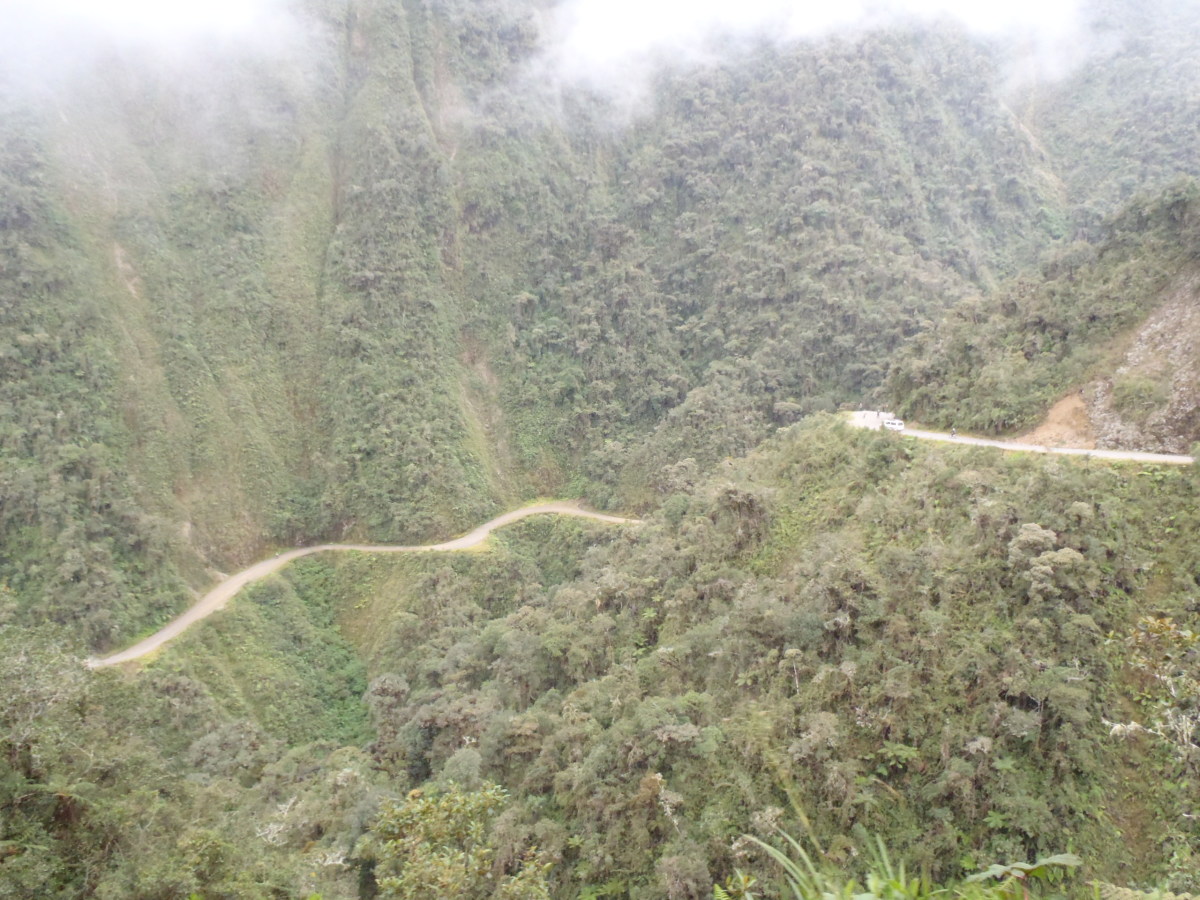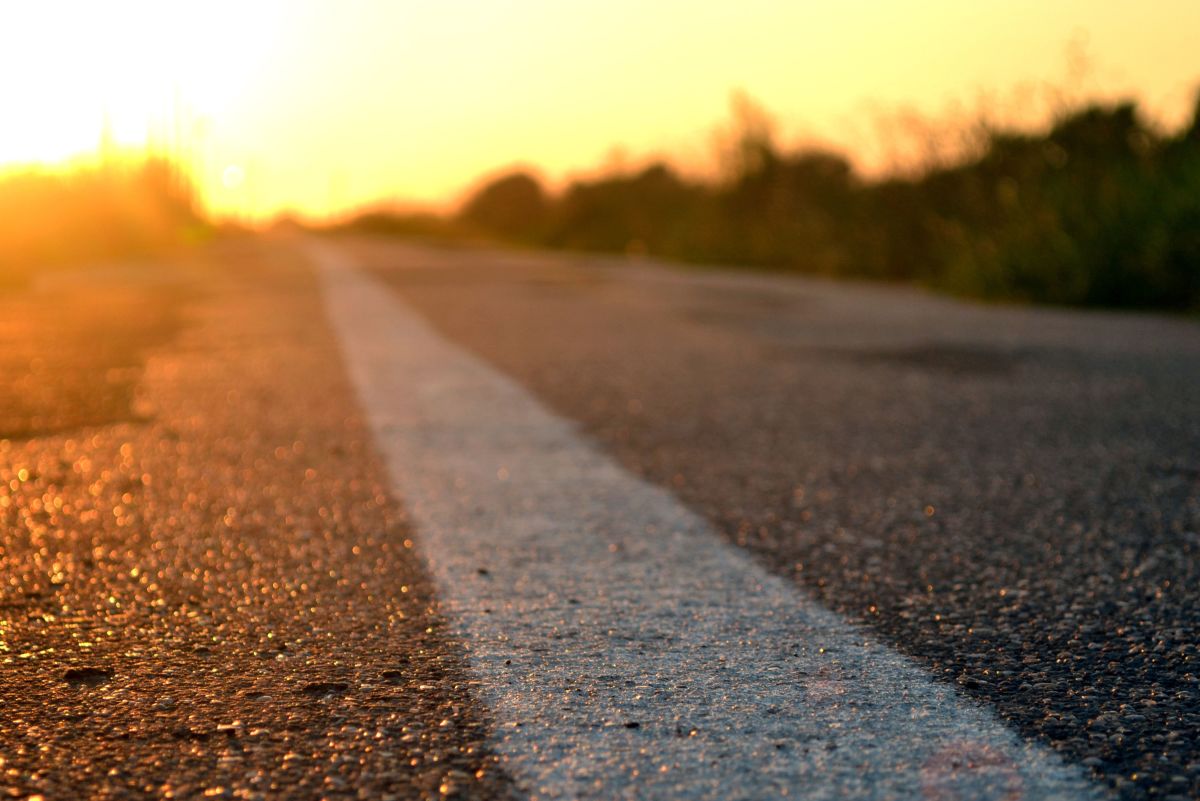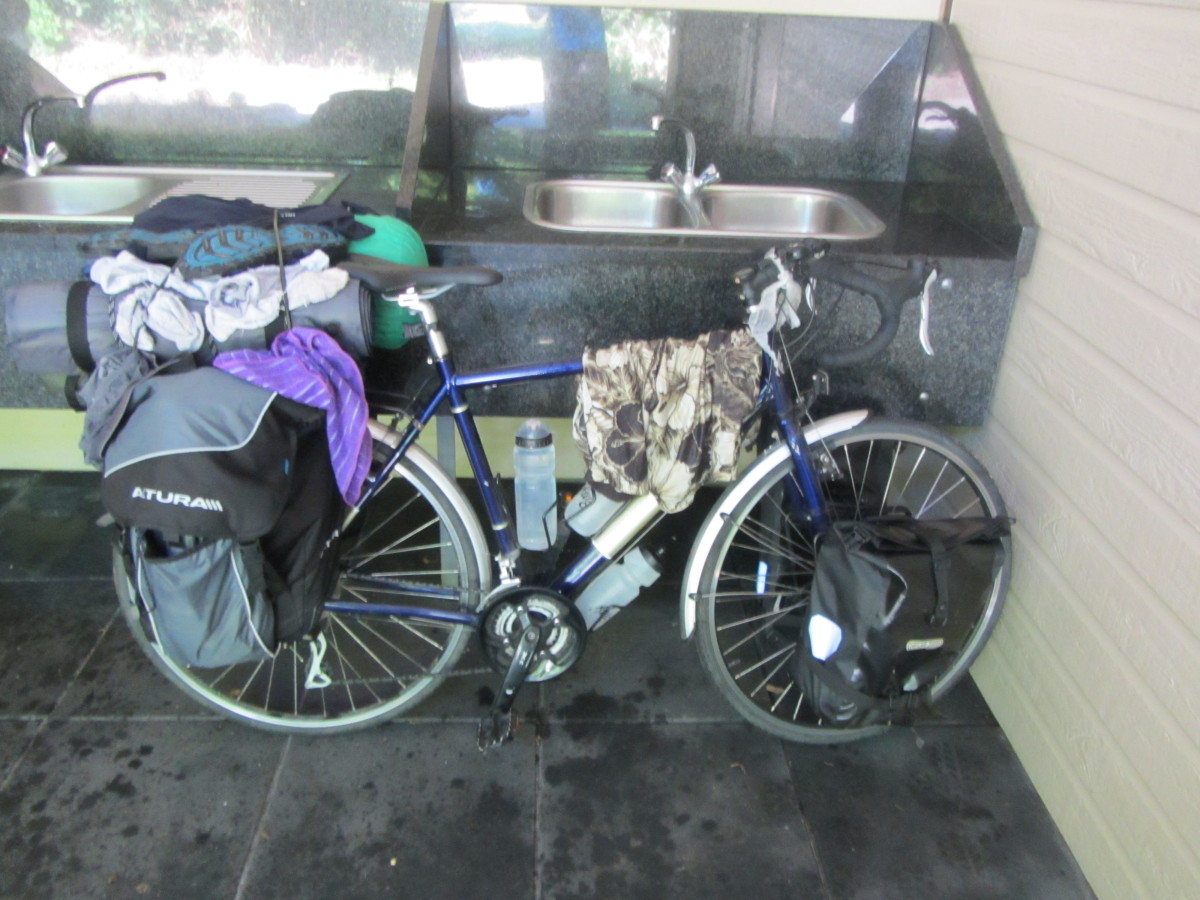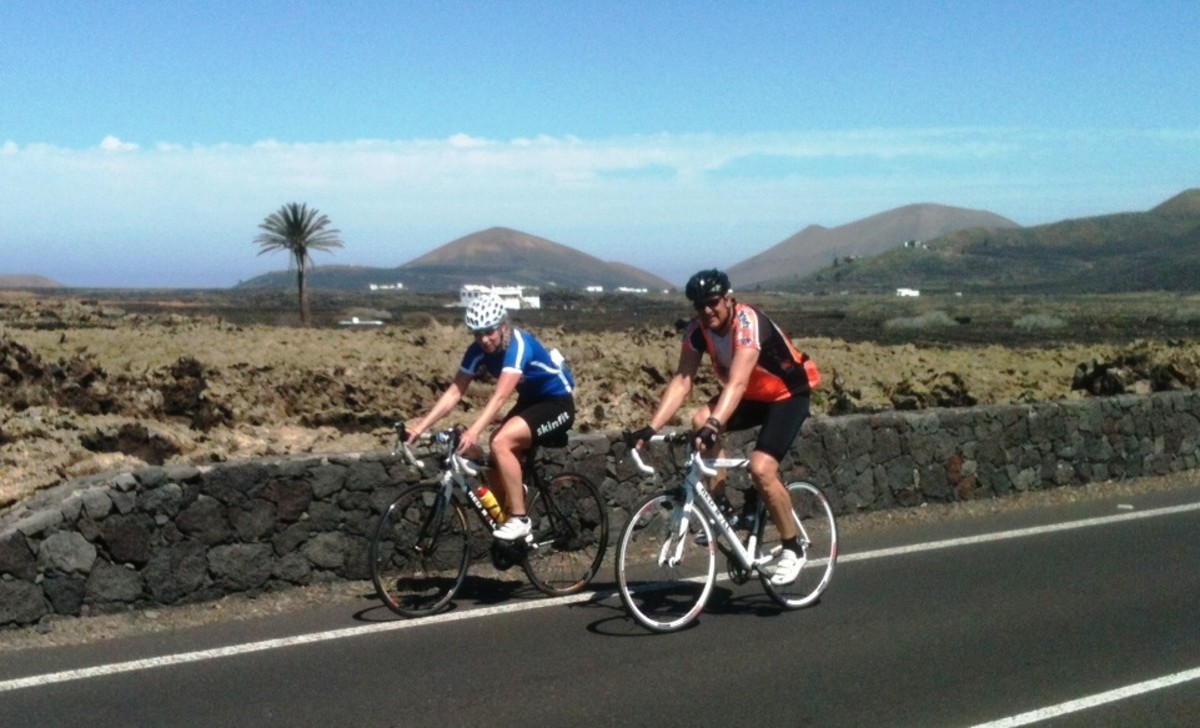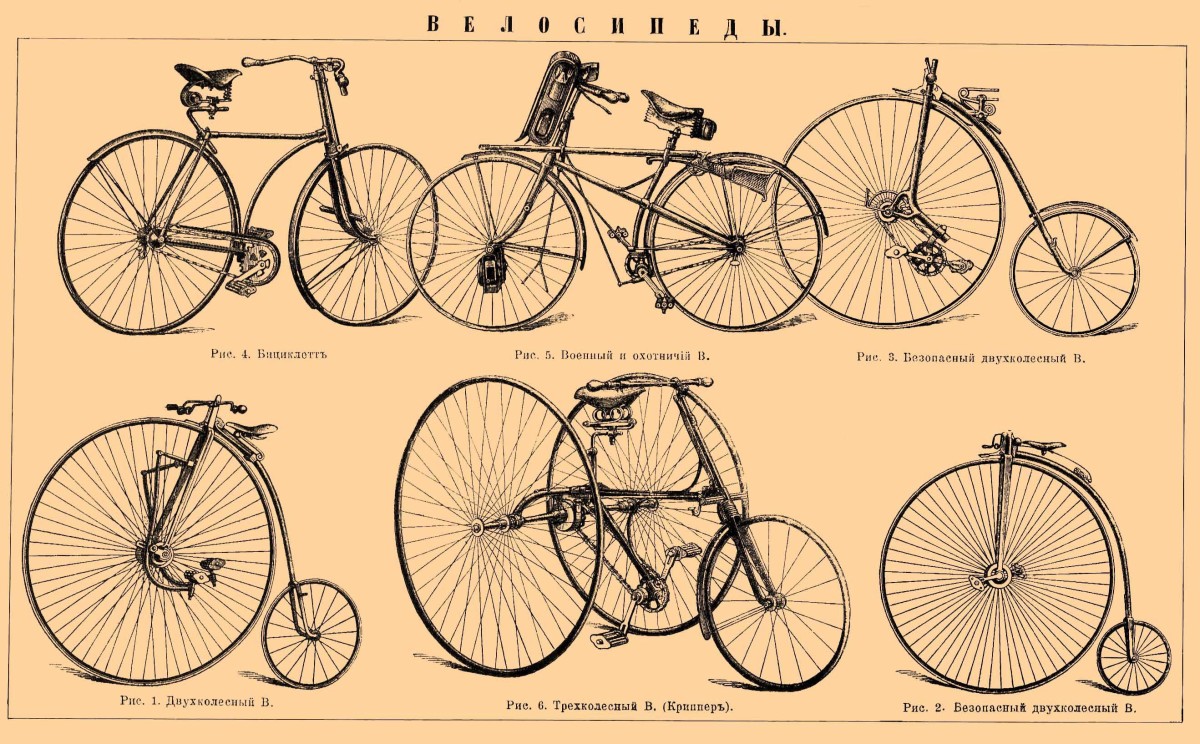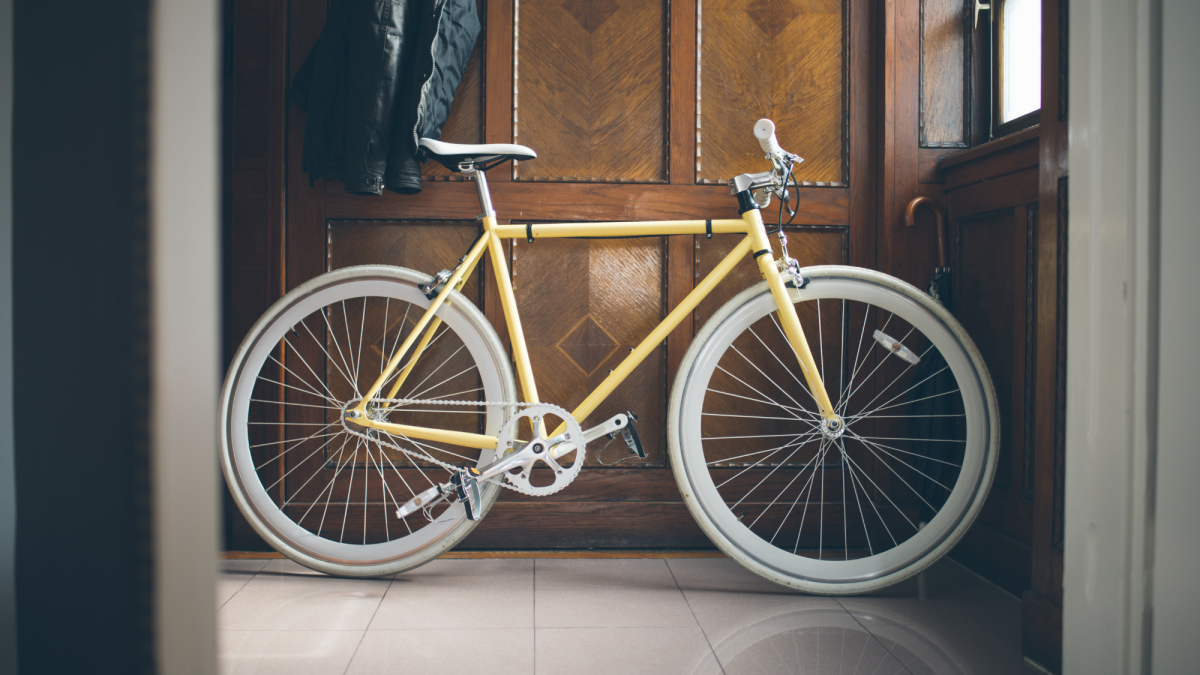Tips for Cycling in the Countryside
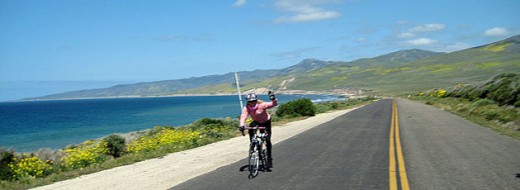
No traffic, no pedestrians, and all the room any bicyclist may need: riding on country roads is a dream come true. The lack of a viable population means you can enjoy scenic views while riding at a set pace.
But, don't let the tranquility fool you. These places can be every bit as dangerous as any bike path or four-lane street in a heavy populated urban center.
A general rule for cycling in the countryside is to stay safe. There are just as many unpredictable factors in these rustic regions as they are in the big city. Almost anything in this environment can turn a pleasure cruise on two-wheels into a problematic, aggravating, or tragic mistake. It’s imperative that one comes prepared.
Another Road Hazard: Hills and Inclines
The Solvang Century is considered a difficult ride for one very important reason: elevation. There are several hills with 10 to 13% grades that can last for three to four miles (such as the Vandenberg Grade and Cardiac Hill near Los Olivos (as indicated in the graph below).
However, the harshest part of the ride is also the most deceptive. Along Highway 101 outside Santa Maria, there's a seemingly flat road to travel. In truth, this section has a slight, but long incline. As you pedal on this section, you start to notice that you're working hard and not maintaining a typical cruising speed. In these sections, it's advisable to adjust your gears and take it easy.
The Santa Ynez Valley is a lush land with rolling hills and thick, black California Oak forests. It's also the site of the popular Solvang Century (both the Fall Prelude and Spring ride).
Some Things to Consider about the Environment
When doing a century ride (100 miles), bike tour, race, or a casual jaunt, one must pay attention to the geography. While beautiful and majestic, the countryside can easily conspire against you.
Here, country roads can be as vast and complex as any city street. The weather can change suddenly, and a wrong turn can leave you stranded miles away from help. Also, there's always the possibility of wild predatory animals -- such as mountain lions -- roaming the undergrowth (a hazard that has occurred to mountain bikers). The domesticated animal are not better, either. Cows, sheep, and dogs have been nuisance and have become road blocks for both mountain and road bicycle riders;
A good example of a difficult geography is the coastal region just north of Santa Barbara, California. The Santa Ynez Valley is a lush land with rolling hills and thick, black California Oak forests. It's also the site of the popular Solvang Century (both the Fall Prelude and Spring ride).
While beautiful, this environment can be dangerous.The weather in the region can be harsh. The heat can be intense, just as the rain storms and the occasional hale (which this writer once experienced while riding in this region). There's also the rare -- but deadly -- presence of flash floods or landslides.
Whereas the sanctioned bike rides will offer plenty of portable rest stops for bicyclists to refuel or repair their bikes, this environment still has far fewer stores, gas stations and a viable population that one would find in the city. It's not usual to travel on two-lane roads for miles and not see a single house on the side of the road. Thus, if one chooses to do this trip alone during the off-seasons for bike rides, one can find themselves in horrid situations if mechanical problems render the bike unable to ride.
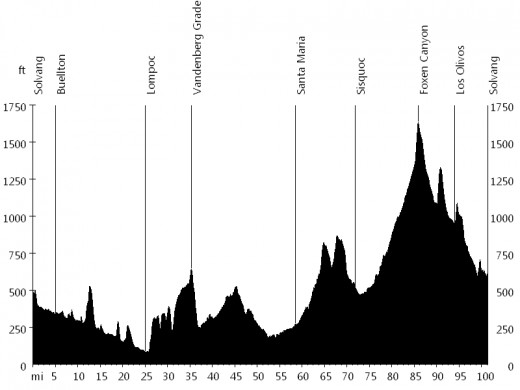
To avoid such things one must:
1. Bring a repair kit that includes tubes, tire patches, and tools to fix tires and chains.
2. Be cautious of your surroundings and always wear a helmet
3.Bring plenty of fluid and/or food such as an energy bar.
4. Bring ponchos or windbreaker jackets (especially the type that you can fold in a fanny pack or place in the pouch in your jerseys (If you are doing a multi-day tour, make sure you have the appropriate racks and packs. Although if you can, you can pull a small bike trailer to carry additional material).
5. Bring plenty of sunscreen and a sun-glass for those hot days (most bicycle jerseys and pants can be adjusted for weather with detachable sleeves of pant legs).
One may bring a cellphone; however, there's always the possibility that there will be some dead zones in which cell towers are few and far between each other.
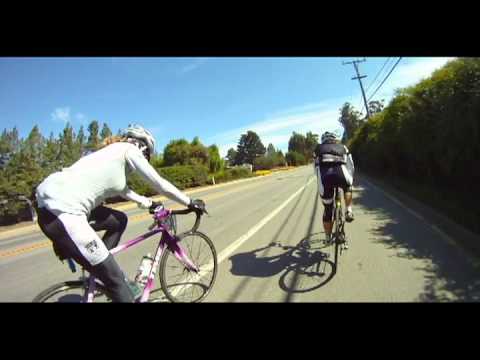
The Roads Least Travelled
Unless one is an avid mountain bicyclist, the paved country road is the only way to travel (then again, most mountain bicyclist will tell you that it is better to stay on a course rather than creating your own). Most often, these roads are seldom used, making a bike ride on them fairly easy and enjoyable. Still, most country roads will suffer from a lack of upkeep or repair. Also, many of these roads are long with no connecting roads or signs for miles around.
Bicyclists need at least two things when traveling on such roads: a map, and a set of tools. GPS, road maps, or a course map from a local bike tour company will do.
Simply put, it’s easy to get lost on these roads. The scenery doesn’t change much and there are relatively few markers, man-made or natural, that one can rely on.
As mentioned, these roads are not regularly maintained. In part, the country road is prone to Mother Nature’s wrath. Bridges and the road, itself, are routinely washed out. Also, rock slides have buried them. Or, if it’s the road running along a cliff side, its crumbling foundation may destroy parts of it (as is the case in a few places in Santa Ynez Valley).
These roads will either have sharp pebbles or rocks scattered on it, or will be cracked, or full of potholes. Because of this, one must keep an eye on the road surface to avoid these hazards.
If they cannot be avoided, this is where a tool kit and spare inner-tubes come in handy. And, if there are no spares, a patch kit will do (if the flat is minor). Whether it’s a spare or a patch kit, make sure to have the proper tools. Tubes, patch kits, and tools are often sold together in kits at local bike shops.
One solution is obvious: don’t travel alone. In a group, one person can be wary of the cars and warn the others
The Bend in the Road
Vehicular traffic may be a rarity on a country road; however individual drivers still use them. And, there are times when a bicyclist and a driver don’t see each other.
There are only a few stop signs or signals in the countryside. And, despite the posting of speed limits, very few drivers adhere to them. Luckily, a speeding car can be heard from afar; however, a car can seemingly appear from nowhere, too. In part, most of the roads have blind spots. A side road may be hidden by trees or brush, or there may be a bend in the road.
One solution is obvious: don’t travel alone. In a group, one person can be wary of the cars and warn the others. This is actually common practice in major bike tours or riding events such as the Solvang Century. Usually, if one hears or sees a car, he or she will holler “Car!” Most bicyclists know this is the signal to move over to the side of the road and ride in single files until the vehicle passes.
Of course, some cyclists may not want to share the road with three to four thousand cyclists. In this case, the bicyclist needs to be wary and have all senses focused on the road and surrounding environment.
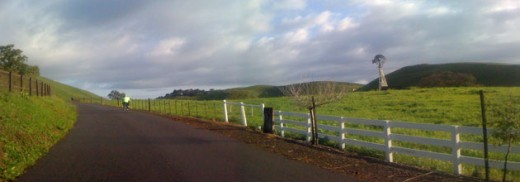
Food and Water
Another tip is to bring plenty of food and water. Again, food courts, restaurants, and food marts found in or near gas stations are sparse in this environment. Having an extra water bottle may help. Using a Camel Pack – which carries more fluid than the average water bottle – is a better choice. Water helps to quench a thirst. It also prevents muscle cramps or exhaustion caused by exposure to heat.
Also, having an adequate supply of nutrients or food is good idea. When cycling, one burns up a lot of calories. It’s easy to burn out, especially on a lonely road.
Cycling in the countryside can be an enjoyable and challenging adventure. However, not taking precautions such as bringing enough food, water, repair kits, a map, or a partner can leave one vulnerable to the dangers that this environment can bring.
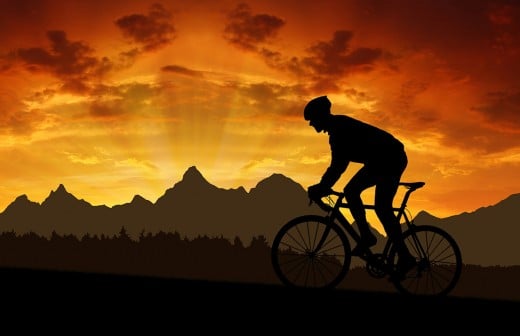
© 2016 Dean Traylor

